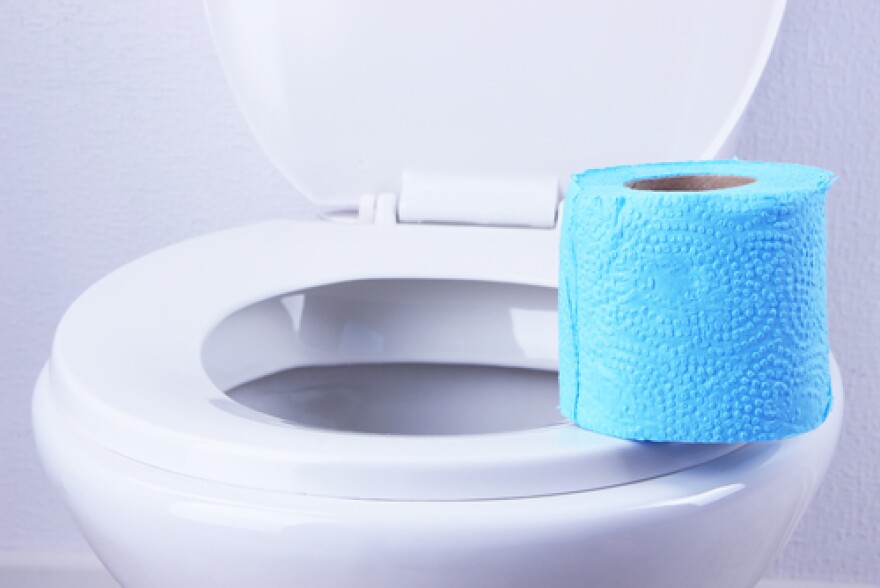New toilets. That's one way the city of Dallas is hoping to reduce water use. Over the last seven years, Dallas has given away more than 70,000 toilets, and the porcelain upgrade is just getting started.
The City Council last week approved an additional $7.5 million for the “New Throne For Your Home” program.
Since 2007, the City of Dallas Water Utilities has upgraded more than 72,000 toilets, according to Carole Davis, the water conservation division manager for Dallas Water Utilities.
“Those older toilets were estimated to use anywhere from 5 to 7 gallons per flush,” she says. “With the new high efficiency toilets in the market, those toilets use about 1.28 gallons per flush. So the difference in the gallons per flush can be significant.”
A replacement, the city estimates, would mean an average savings of 12 gallons a day for a family of four. That adds up – to 326 million gallons saved a year across the city.
"Are we really saving water?"
That sounds great, but before a vote that would commit the $7.5 million to the Throne program last week, Dallas City Council member Rick Callahan made a splash.
“So I just asked,” Callahan says, “Are we really saving water or are we just going through a bunch of exercises?”
It’s not a silly question. See, measuring water and money savings from toilet retrofits is complicated. First, you have to take into consideration whether or not people would upgrade toilets without help from the city, and second, something a little less pleasant -- the potential for double flushing.
See, that’s Callahan’s main concern – he says when he replaced older toilets with the low-flow variety, he had to flush twice, meaning little water savings.
A Double-Flush Dilemma?
Dallas Water Utilities says it hasn’t fielded complaints about double-flushing.
Lori Bennear, who’s an associate professor of environmental economics and policy at Duke University, says the double-flush concern isn’t that much of an issue.
“The whole double-flush problem was an issue with the low-flow toilets,” she says, “That doesn’t appear to be much of a concern with some of the newer ones.”
The real concern, Bennear says, is whether the city is wasting money by reimbursing people who would upgrade their loos regardless. In a study she did with colleagues at North Carolina State University, Bennear found that one municipal rebate program wasn’t as cost effective as planners thought.
“We found that 50 percent would have replaced anyway, without the rebate ... and 20 percent said they were going to replace their toilet anyway but they wouldn’t gotten quite as high an efficiency toilet,” Brennear says.
The lesson, Bennear says, is not to shy away from efficiency programs, but to target people in houses and apartments who wouldn’t do this otherwise.






